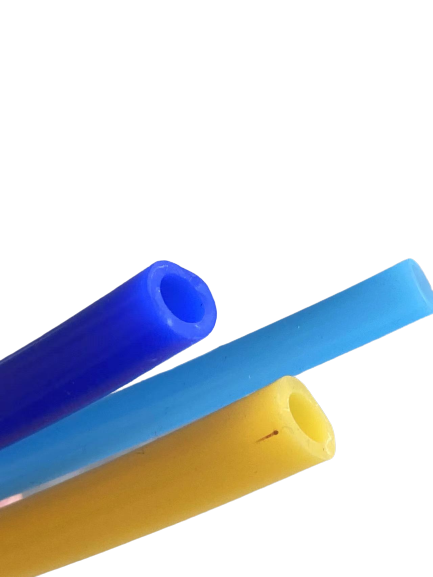Dec . 18, 2024 22:56 Back to list
rubber gasket for refrigerator door insulation and energy efficiency enhancement
The Importance of a Rubber Seal Around Your Fridge Door
When it comes to maintaining the efficiency of your refrigerator, one of the most critical components often overlooked is the rubber seal around its door. This unassuming feature plays a significant role in ensuring your appliance operates at its best. In this article, we will explore the function of the rubber seal, the problems that arise when it wears out, and the simple steps you can take to maintain it.
Understanding the Function of the Rubber Seal
The rubber seal, also known as the gasket, is located around the perimeter of your refrigerator's door. Its primary function is to create an airtight barrier that traps cold air inside the fridge and prevents warm air from entering. This is crucial for maintaining a stable temperature, ensuring your food stays fresh, and minimizing energy consumption.
When the seal operates effectively, it helps your refrigerator maintain its temperature, reducing the workload on the compressor. This not only saves energy but also extends the lifespan of the appliance. Conversely, a damaged or degraded seal can lead to temperature fluctuations, which can spoil food and increase your electricity bill.
Signs of a Worn-Out Seal
There are several signs that your refrigerator's rubber seal may need attention. One of the most obvious indicators is the presence of frost or ice build-up inside the fridge or freezer. This usually occurs when warm air seeps in, causing excess moisture that freezes. Additionally, you may notice that food items are not as cold or fresh as they should be.
Another telltale sign is when the fridge door doesn’t close properly. You might hear a hissing sound when you open the door, indicating air exchange. Another way to check the seal's effectiveness is the dollar bill test place a dollar bill between the seal and the fridge; if it easily pulls out without resistance, the seal may need replacing.
How to Maintain the Rubber Seal
rubber seal around fridge door

Maintaining the rubber seal around your fridge door is relatively straightforward and can be accomplished with minimal effort. Here are some basic tips for keeping your gasket in good condition
1. Regular Cleaning Over time, dirt and grime can accumulate along the rubber seal, hindering its effectiveness. Use a mixture of mild soap and warm water to gently clean the seal. Avoid harsh chemicals that can cause the rubber to degrade.
2. Inspect for Damage Periodically check the rubber seal for cracks, tears, or brittleness. If you notice any significant damage, it’s wise to replace the gasket to ensure your fridge operates efficiently.
3. Check the Fit Ensure that the seal is properly fitted. If you notice any areas where the seal lifts away from the fridge, it could be due to improper alignment. Adjust the hinges if necessary, but consult the user manual or a professional if you are unsure.
4. Temperature Management Monitor the temperature inside your fridge. Ideally, it should be set between 35°F and 38°F (1.6°C and 3.3°C). Consistent overloading or leaving the door open for extended periods can exacerbate wear on the gasket.
5. Replace When Necessary If cleaning and adjustments do not resolve issues with the seal, consider replacing it. Gaskets are generally available at appliance stores or online, and replacing one is a manageable DIY task.
Conclusion
In summary, the rubber seal around your fridge door is a critical component that significantly impacts both the appliance's efficiency and the freshness of your food. By understanding the importance of this gasket, recognizing signs of wear, and performing regular maintenance, you can ensure that your refrigerator continues to operate effectively. Taking care of the small details, like the seals on your fridge door, can lead to substantial savings on energy costs and extend the life of your appliance. So, the next time you open your fridge, take a moment to check that rubber seal—it plays an essential role in your kitchen’s performance.




